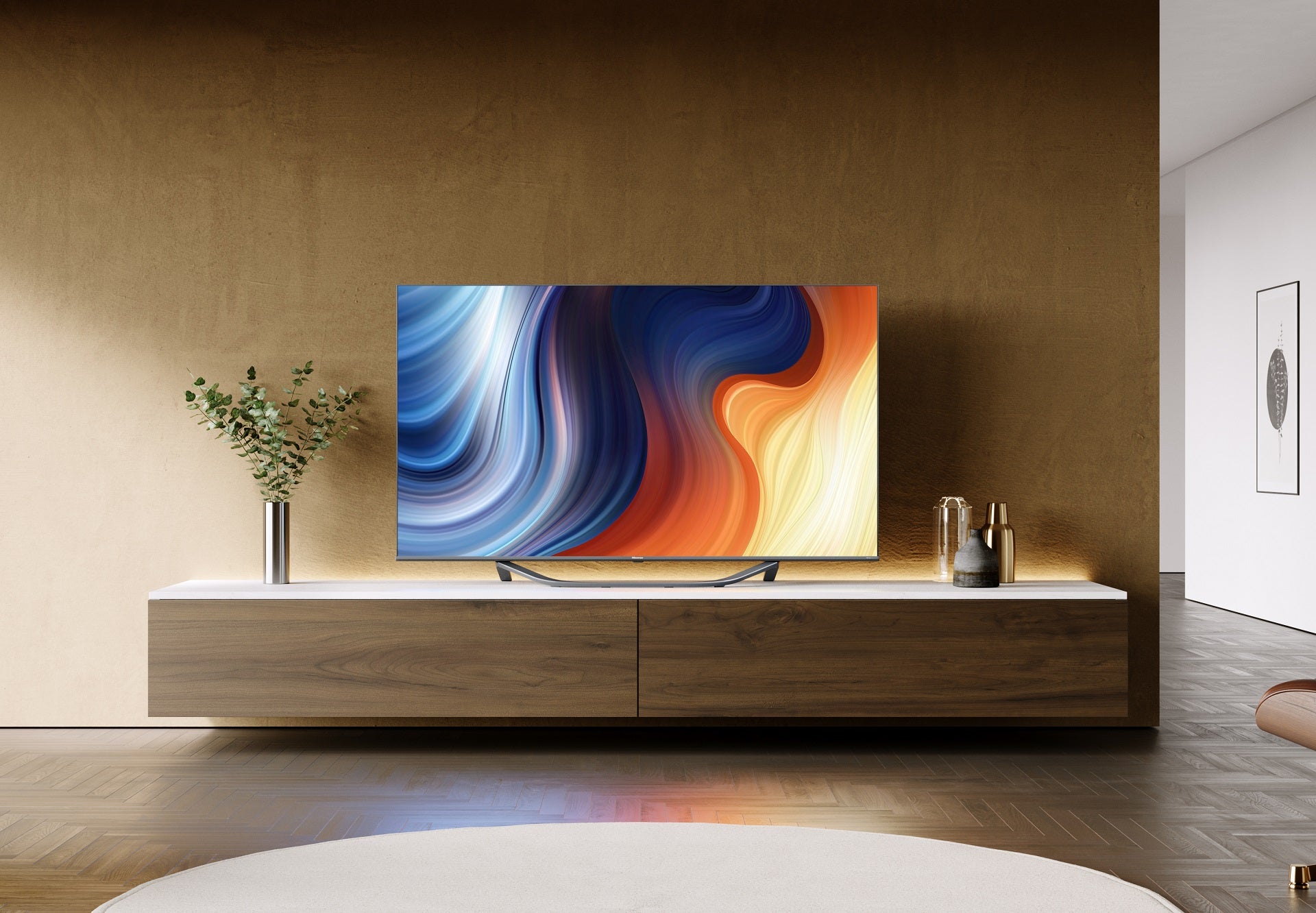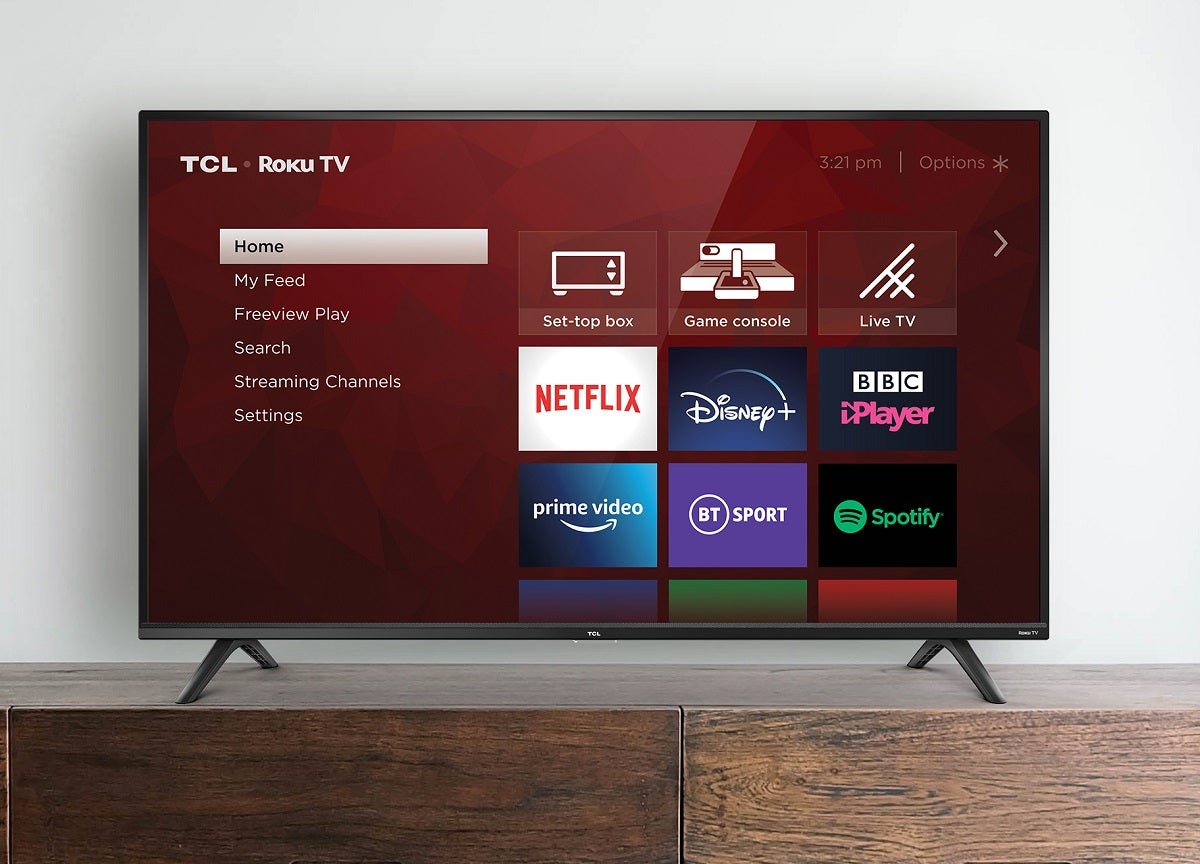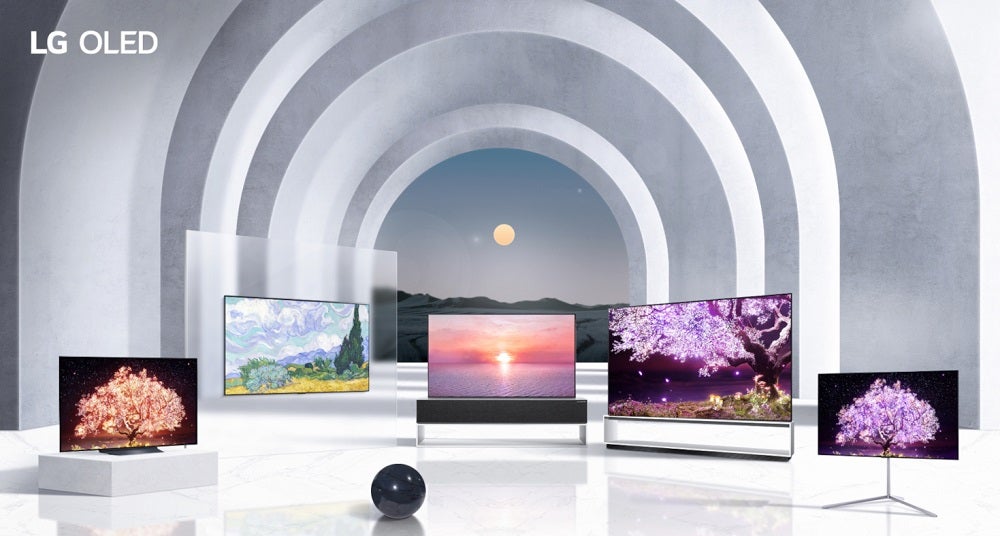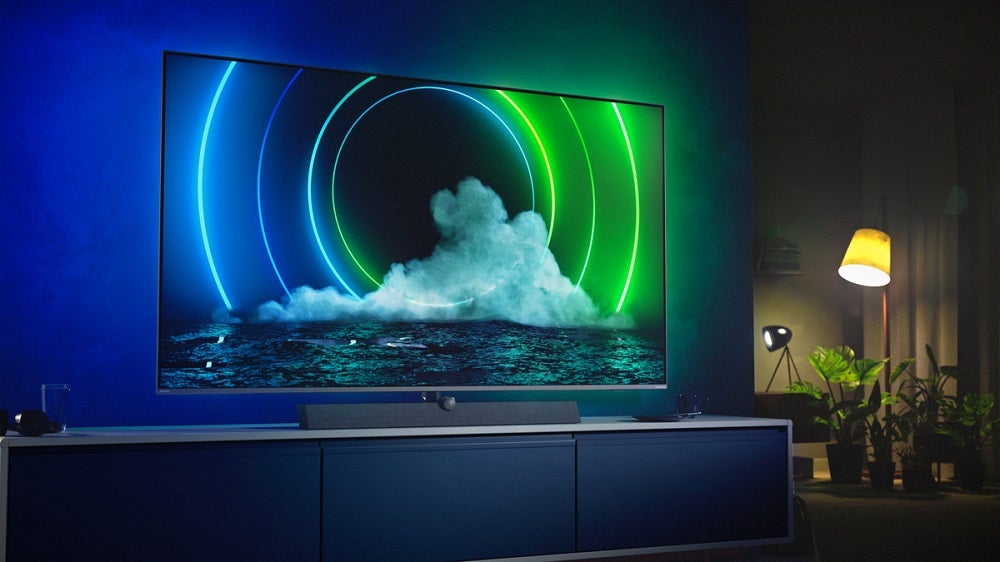TV buying guide: Which TV display is best for you?
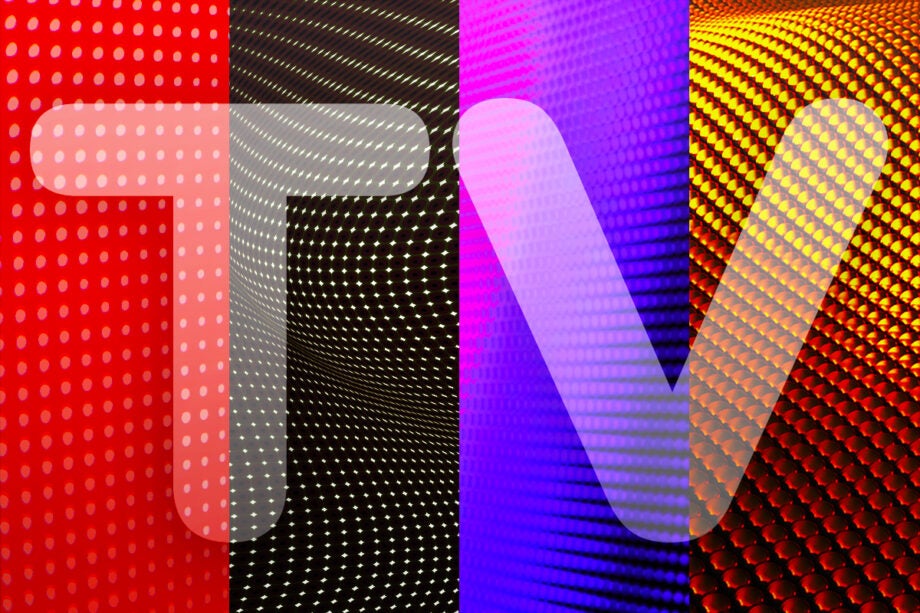
There are so many types of TV that the mind boggles when looking for a new one. There’s plenty of displays to choose from in the market, but what do all these technologies mean, what are the pros and cons of each one, and what do you need to look out for when searching for a new TV?
We’ve assembled a simple guide to give you an understanding of what these terms mean so you’re armed with the info you need to know when purchasing your next TV.
LCD LED
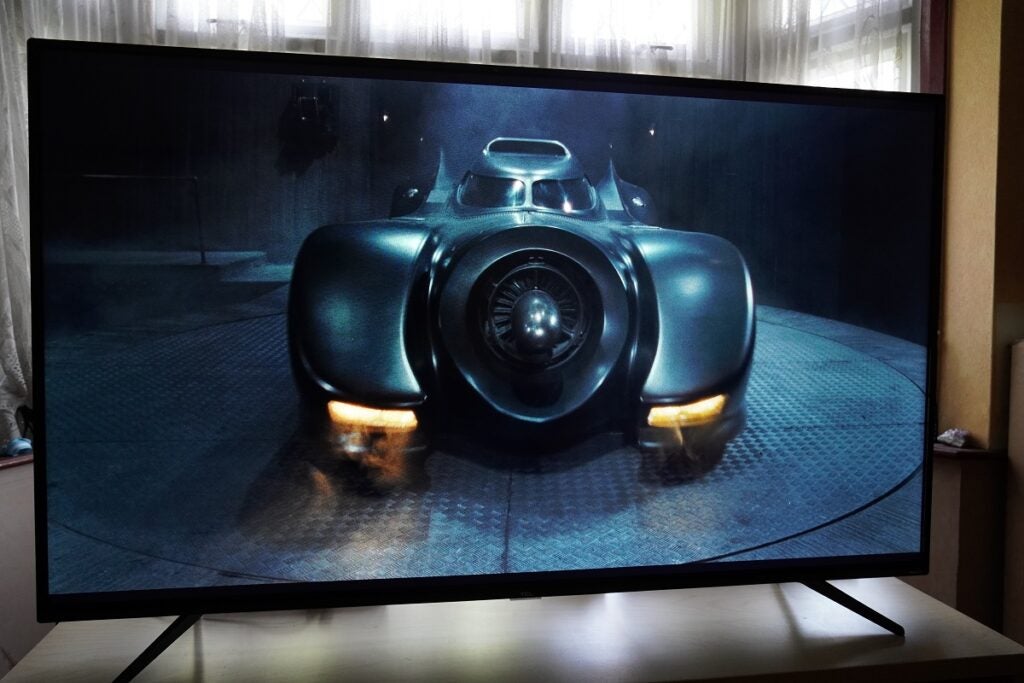
Pros: Bright images, affordable, good colour reproduction, suited to bright rooms
Cons: Contrast and black levels aren’t (always) as strong as others, suffers from backlight bleed/blooming
Who makes LCD LED TVs? Everyone
LCD LED is the screen technology most will be familiar with (or already own). These screens use a backlight to illuminate their pixels, of which there’s usually a choice between full-array and edge-lit backlighting.
Full-array comes under the DLED banner (which we’ll expand on below). The LEDs sit behind the screen divided into an array of ‘zones’. The more zones there are, the more precise the illumination and dimming can be. This leads to better black levels, and reduces backlight bleed and blooming, the latter a ‘halo’ that develops around bright objects in dark areas of an image.
With edge lighting, the LEDs sit at the side of the display, not right behind it, and while this often means screens are aesthetically thinner than the bulkier full-array backlight, contrast and black levels aren’t as well developed and viewing angles can be poorer.
DLED stands for Direct Light Emitting Diode. It’s where Full-Array backlighting is derived from but is less advanced, with fewer LEDs behind the screen. It’s likely a display termed as DLED won’t have local dimming i.e. control over how bright or dark an area of an image can be. As such, the LEDs are always ‘on’ and while colours can be bright and punchy, DLED screens without local dimming are less effective at reproducing blacks, producing a washed out appearance in dark scenes with bright elements.
OLED
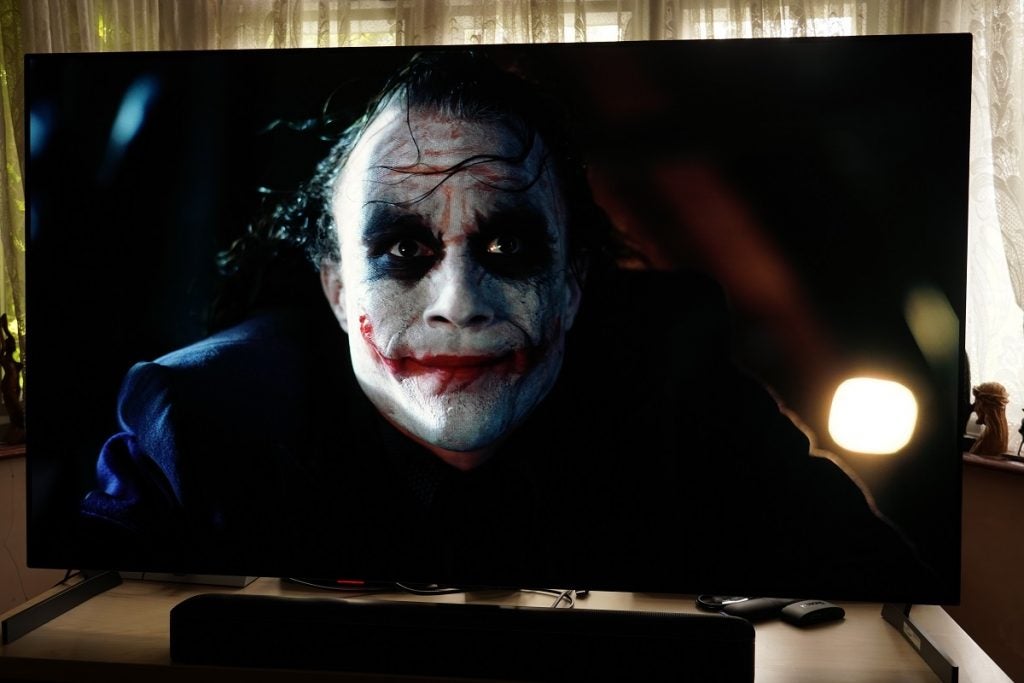
Pros: Infinite blacks, terrific contrast, wide viewing angles, fast refresh rates, thin design, great for dimly-lit rooms
Cons: Still comparatively expensive, the potential for burn-in, not as bright as other displays, experiences more wear over its lifespan
Who makes OLED TVs? LG, Hisense, Panasonic, Philips, Sony
OLED stands for Organic Light Emitting Diode. It’s a self-emissive screen technology and that means every pixel has the ability to produce its own light when electricity is applied. The more electricity applied, the brighter they glow, with different materials used to deliver different colours.
Every single pixel works independently of its nearest neighbours, offering dimming abilities at a pixel level. You can have a pixel that’s ‘on’ next to one that’s ‘off’ (literally black), and that creates some of the best contrast ratios and black levels of any TV.
It makes OLED great for watching films on, and its fast refresh rates make it a good choice for gaming and viewing sports. The drawback is the potential for image retention with static images, but OLED TVs have solutions to mitigate this.
Mini-LED
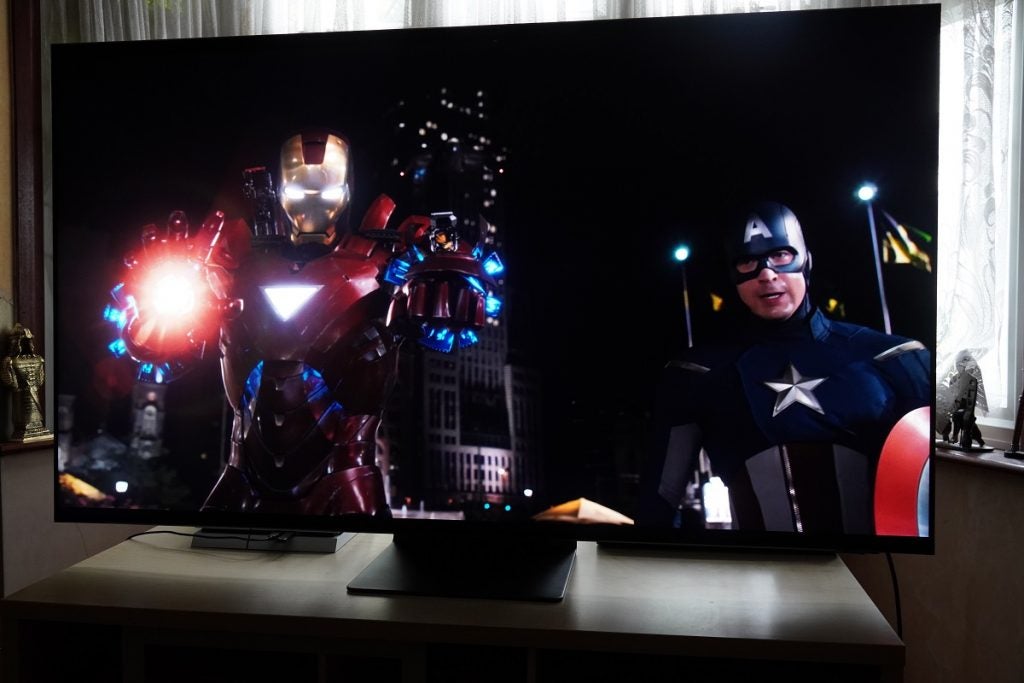
Pros: Very bright, thin displays, great for HDR, strong black levels, good in bright rooms
Cons: Still potential for blooming, more expensive than LCD LED, more impact at bigger sizes
Who makes Mini-LED TVs? Samsung, LG, Hisense, Philips, TCL
Mini-LED is an advancement of existing LCD LED technology, using teeny tiny versions of LEDs to emit light.
By reducing the size of the LED form, it means more can be squeezed in, allowing for up to thousands of LEDs to be deployed depending on the screen size. Much like Spider-Man’s ‘with great power comes great responsibility’, with more LEDs comes more dimming zones, leading to greater control over how bright and dark an image can be.
Add an expertise for bright images and you get spectacular HDR content with no image retention. In the US, TCL has brought Mini-LED down to affordable levels with its 6-Series TVs, but in the UK/Europe you’ll still be looking to pay a premium.
MicroLED
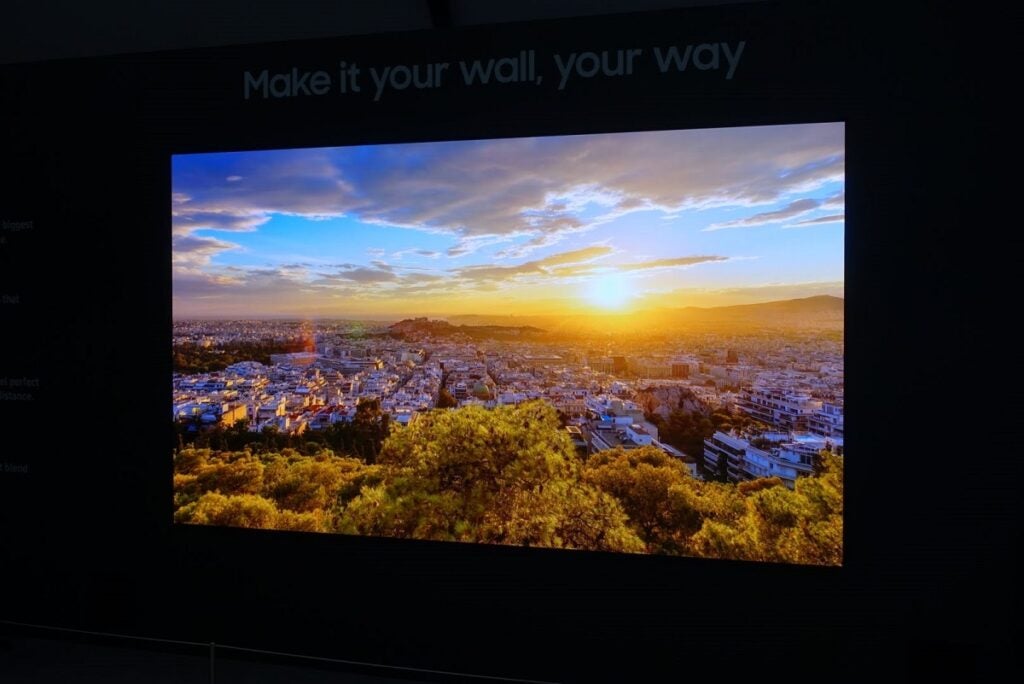
Pros: Super bright, durable, high colour accuracy and contrast ratio, no image retention
Cons: Currently available only in huge sizes, only footballers/oligarch can afford
Who makes MicroLED TVs? Samsung
Unlike an LCD LED or Quantum Dot TV, Micro-LED combines the LCD layer and LED backlight. What that means is that a pixel is a cluster of three LEDs (a red, green and blue) to create the colours seen on screen.
Like OLED, MicroLED is self-emissive, so the light is created by the pixels themselves to produce those ‘perfect’ black levels. Brightness can also be very high, and in tandem with those deep blacks they create a vibrant and colourful image with a high contrast ratio, and – according to Samsung – retain detail in the brightest parts of an image.
They’re made from inorganic materials, so a Micro-LED TV can a) last for a long time and b) is immune from screen burn unlike TVs with organic materials (such as OLED).
However, MicroLED is expensive to produce on a mass scale and in smaller sizes. The smallest MicroLED screen so far is a 76-inch option, but Samsung hasn’t provided a hard date for availability.
Quantum Dot (QLED)
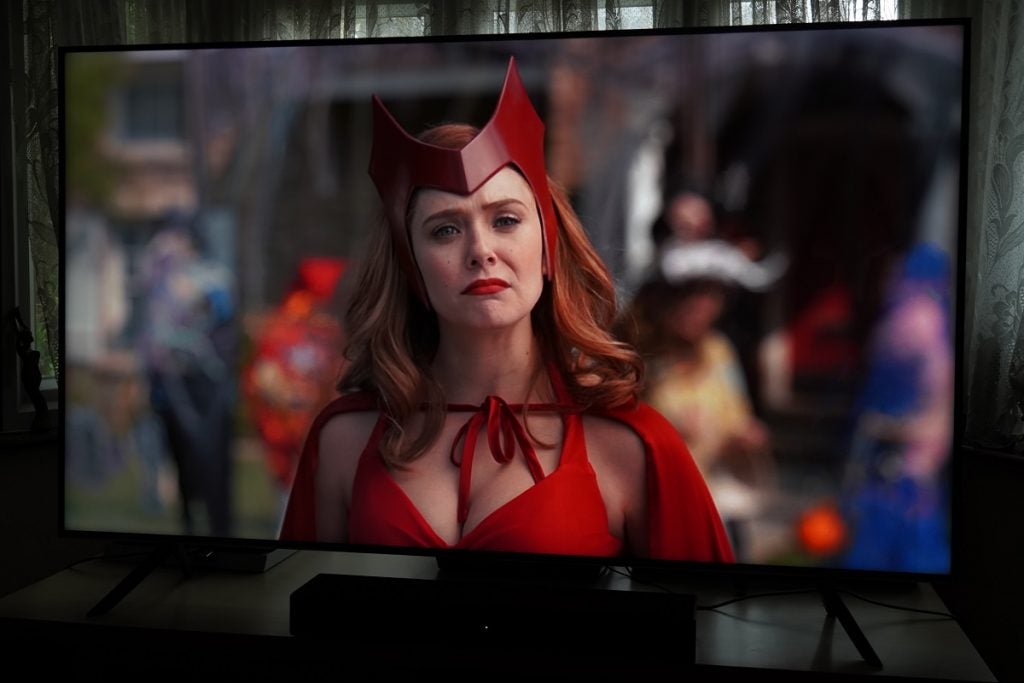
Pros: Very bright, wide and accurate colour range, no image retention, good in bright rooms
Cons: Black levels dependent on backlighting
Who makes Quantum Dot/QLED TVs? Samsung, TCL, Sky, Hisense, Sharp
QLED (Quantum Dot Light-emitting Diode, forget about the missing ‘D’) is a fancier take on LCD TVs made popular by Samsung. After some to-ing and fro-ing on what it means, it now refers to a TV that combines traditional LCD technology with Quantum Dots.
What are Quantum Dots we hear you ask? They are filters that use an array of tiny dots of slightly different sizes to produce different wavelengths (and therefore colours) when light is applied. As each dot is focused on one colour, Quantum Dots can produce more precise colours, as well as a wider range of colours, and when you factor in its inherent ability to cope with high brightness, you get spectacularly colourful, bright and varied images.
Although not every Quantum Dot TV is equal. Match a Quantum Dot TV with a full array backlight and you get more precise black levels and brightness, but you’ll also have to pay more. Edge-lit Quantum Dot TVs boast a colourful image, but without a full-array dimming system, black levels and contrast can suffer.
Other display technologies
IPS and VA are both screen technologies and you’ll find them in LCD LED TVs, as well as Quantum Dot and Mini-LED. IPS stands for In-Plane Switching and offers consistent, accurate colours at wide viewing angles, as well as quick response times.
VA stands for Vertical Alignment and while viewing angles are poorer compared to IPS, contrast and black levels are better. If you like watching movies in a dark room, VA is the panel to plump for.
Of the two, VA is more popular among TV manufacturers due to its contrast and black levels, but some still use IPS, Panasonic for some of their edge-lit displays, LG with their QNED Mini-LEDs and Sony in their more affordable LED TVs.
TV manufacturers also develop their own technologies on top of IPS and VA panels (such as Samsung’s Viewing angle technology on its VA displays) but you often have to pay a premium for that.
In short, with LCD LED, for the best possible picture quality, a TV with a VA panel and full-array local dimming is your best bet. If you’re aren’t swayed by best image quality, or are purchasing a smaller screen, a standard DLED or edge-lit display will likely suit.



